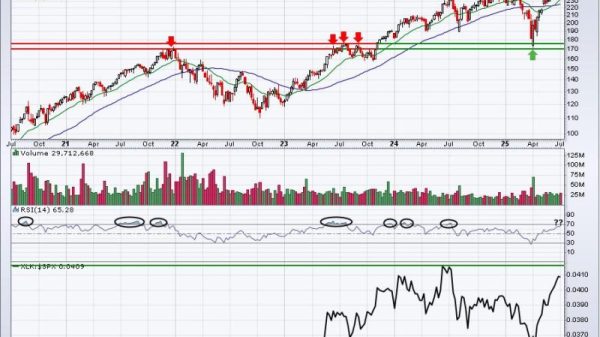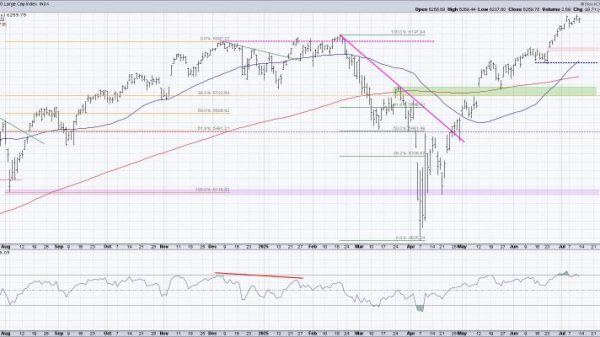When setting up a new workspace, be it in an office or at home, proper cable management is often an overlooked aspect that can significantly impact productivity and overall aesthetics. Not only can tangled cables cause frustration and confusion, but they can also pose safety hazards and make it challenging to locate specific cords when needed. To ensure a more efficient and organized workspace, here are some useful tips for effective cable management and planning:
1. **Inventory and Labeling**: Before you begin organizing cables, it’s essential to take inventory of all the devices and equipment that will be using cords in the workspace. Make a list of the types and lengths of cables needed for each device and label them accordingly. Utilizing cable tags or labels can help you quickly identify which cable belongs to which device, making future troubleshooting or adjustments a breeze.
2. **Use Cable Management Tools**: Invest in cable management tools such as cable ties, clips, sleeves, or wire looms to keep cables neatly arranged and prevent them from tangling. These tools can help bundle cables together, hide them from plain sight, and route them along walls or under desks, creating a cleaner and more organized workspace.
3. **Establish Cable Paths**: Plan out the routing of cables by creating designated paths for them to follow. Utilize cable trays, raceways, or even simple adhesive clips to guide cables along walls, under desks, or across floors. By establishing clear and efficient cable paths, you can minimize clutter and reduce the risk of tripping hazards caused by loose cables.
4. **Consider Wireless Options**: In some cases, it may be beneficial to opt for wireless alternatives to traditional wired connections. Wireless technology has advanced significantly in recent years, offering reliable solutions for connecting devices without the need for physical cables. By going wireless, you can reduce the number of cables in your workspace, creating a cleaner and more streamlined environment.
5. **Regular Maintenance**: Keep in mind that cable management is an ongoing process that requires regular maintenance. As new devices are added or removed from the workspace, cables may need to be rerouted or rearranged to accommodate changes. Periodically check and organize cables to ensure they remain organized and free from tangles or obstructions.
6. **Safety First**: Lastly, prioritize safety when planning cable management in your workspace. Avoid running cables across walkways or near high-traffic areas where they can be damaged or cause accidents. Keep power cords away from water sources or potential heat sources to prevent electrical hazards. Additionally, use surge protectors or cable management boxes to help minimize the risk of electrical fires or equipment damage.
By following these tips and incorporating effective cable management strategies into your workspace planning, you can create a more organized, efficient, and visually appealing environment that enhances productivity and promotes a sense of orderliness. Take the time to assess your cable management needs, implement appropriate solutions, and maintain a tidy workspace to ensure a smooth and streamlined working experience.


































